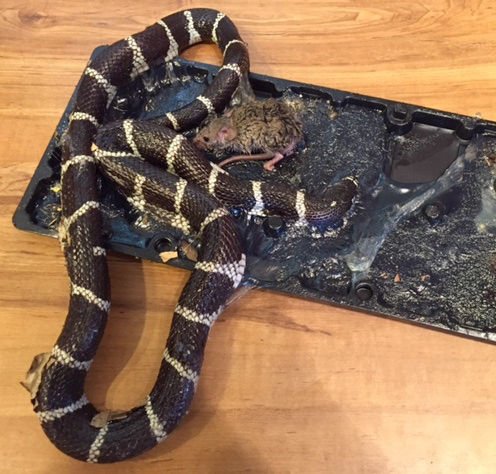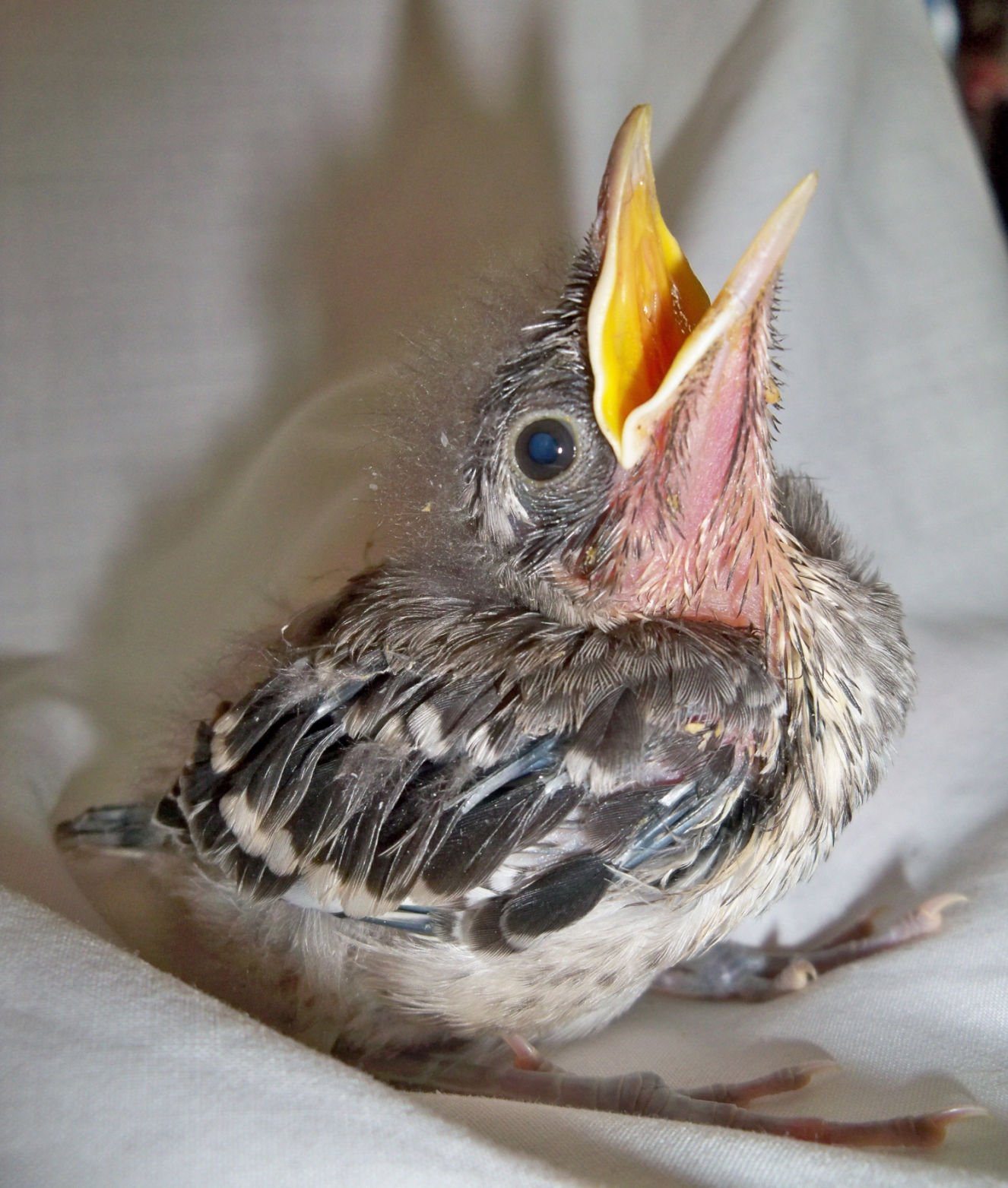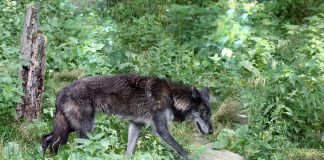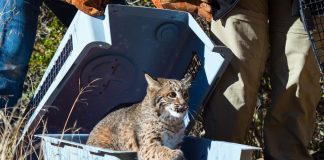GOTCHA! That’s what the hungry young California kingsnake was likely thinking as he struck at the field mouse sitting in a shiny tray. But it was a double-gotcha. Both critters became immobilized victims of that device of torture ... the glue trap. Despite the manufacturers’ assertions that the traps are a “humane” way to rid homes and yards of pests, the homeowner was horrified by the sight of the struggling 35-inch long snake and the truffle-sized mouse and brought them, still stuck in the glue, to the Wildlife Education and Rehabilitation Center.
A resident in a north Morgan Hill neighborhood glanced into her backyard and discovered a California gull running around in circles and thought that maybe it was injured or sick. So the kind lady captured the bird and quickly brought it to the Wildlife Education and Rehabilitation Center. WERC staff could find no obvious injuries and the bird acted very alert and feisty. It was transferred to a flight enclosure with a small swimming pool. And then it became immediately apparent that the gull was actually just a big baby, although adult-sized and fully feathered and “thisclose” to flying.
IT is always distressing when one good environmental cause gets pitted against another good environmental cause, but that is what is happening with the debate over wind farms. The state of California requires that one-third of all energy produced in the state come from renewable sources. Wind turbines, such as the ones at Altamont Pass, have long been seen as an ideal way to obtain energy in a way that does not harm the environment, contribute to global warming or threaten public safety. The Altamont Pass turbines generate enough electricity to power 100,000 homes.
Lions and tigers and kitty cats…oh my! I’m not embarrassed to call myself a wild and crazy cat lady. At the Wildlife Education and Rehabilitation Center, I’m crazy enough to dress up like a bobcat. I’ve transformed myself to become a feline “mommy”—suiting up in a full-body costume, deodorized with bobcat urine and placing a big, furry bobcat mask on my head. This technique was developed to make us as unlike a human as humanly possible and helps ensure that the bobcat kittens don’t become habituated to their human caretakers but will remain wild and wary of people when they’re released back to their native habitats.
There has been a lot of discussion lately about the critical role apex predators play in the ecosystem. An apex predator is one at the top of the food chain, or one who “as an adult, has no natural predator within its ecosystem.” In Santa Clara County, apex predators would include mountain lions, bobcats, coyotes, hawks, falcons and large owls.
New Year’s resolutions abound this time of year. For humans, they often include the usual resolve to quit smoking, lose weight and exercise more.
Lions and tigers and bees, oh my! They sting and they’re scary. We avoid them if possible, and we try to shoo them away if they come near us. If they sting it hurts, and for people who are allergic, a bee sting can be fatal. It is not unreasonable to not want them around.

















